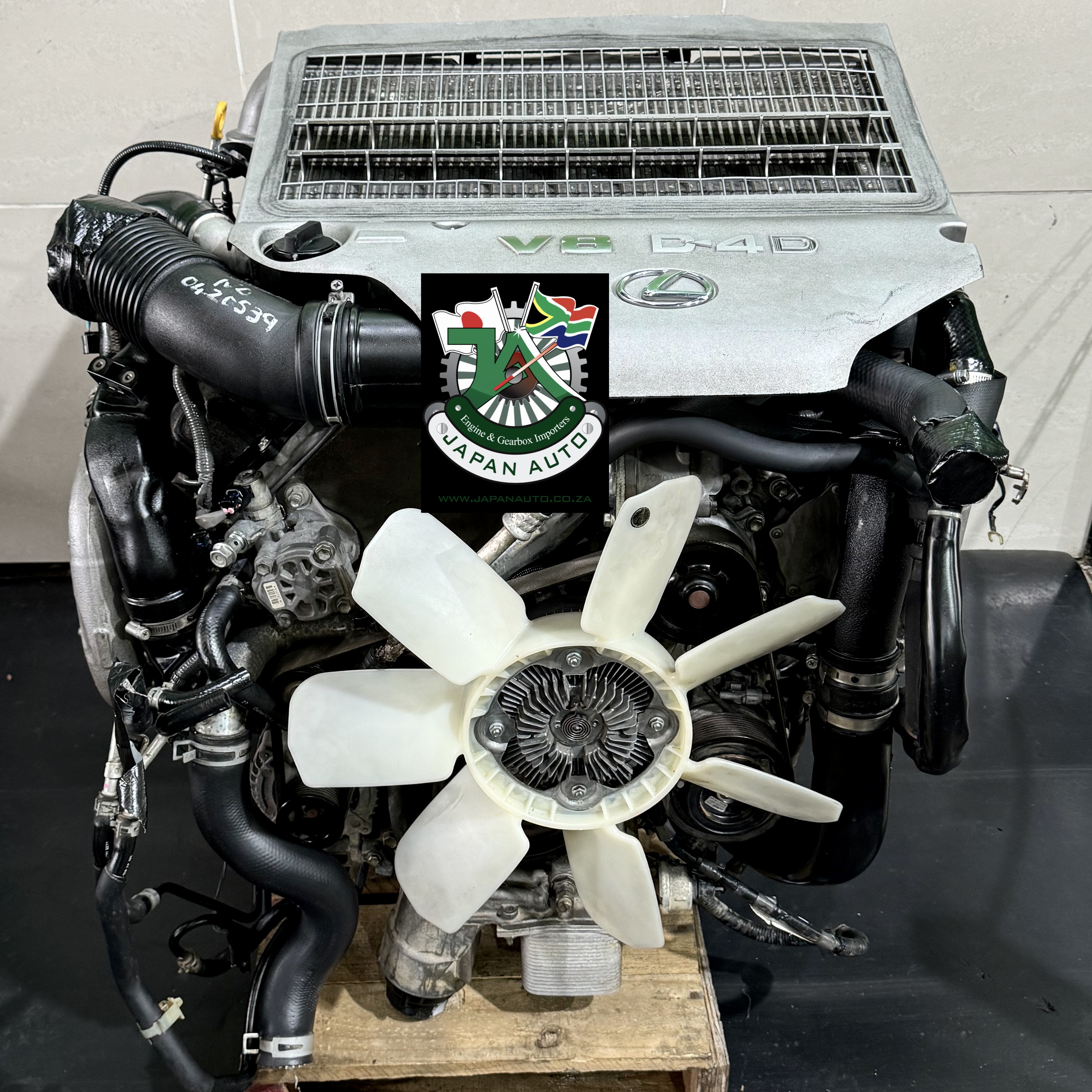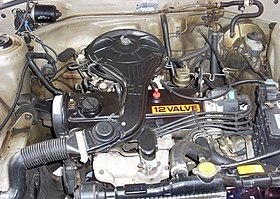Toyota Tazz: The Perfect Combination of Efficiency and Style in a Compact Car
Toyota Tazz: The Perfect Combination of Efficiency and Style in a Compact Car
Blog Article
Check Out the most recent Trends in Engine Innovation With Tazz
In the swiftly progressing landscape of vehicle innovation, Tazz stands at the leading edge, highlighting significant advancements in engine systems that focus on both advancement and sustainability. From hybrid engines that optimize gas effectiveness to the introduction of hydrogen gas cells, the trends shaping contemporary powertrains are not just enhancing performance however likewise resolving important environmental challenges.
Hybrid Engine Innovations
Hybrid engine technologies represent a critical change in vehicle technology, integrating the advantages of inner burning engines with electrical propulsion systems. This assimilation not only enhances fuel efficiency however also minimizes discharges, meeting significantly strict ecological policies. By making use of both energy resources, hybrid engines can maximize performance, supplying power when needed while preserving fuel throughout less demanding motoring conditions.
Current developments in crossbreed technology consist of improvements in battery effectiveness and regenerative stopping systems. These developments permit greater power recuperation during slowdown, which can be rerouted to assist in acceleration or power accessory systems. Makers are concentrating on compact designs and lightweight materials to make best use of the effectiveness of hybrid powertrains.
The advancement of plug-in crossbreeds has actually likewise broadened the market, allowing vehicle drivers to bill their vehicles making use of basic electric outlets. This function usually enables substantial all-electric array, further lowering dependancy on typical fuels. tazz. As the vehicle industry proceeds to progress, hybrid engine technologies are anticipated to play an essential role in linking the space in between conventional lorries and totally electrical versions, providing a transitional option that deals with diverse customer needs and choices
Advances in Electric Powertrains
The automotive landscape is swiftly evolving, with electrical powertrains emerging as a leading pressure in lasting transport. Advancements in electric automobile (EV) technology are considerably enhancing performance, user, and performance experience. Secret technologies consist of enhancements in battery chemistry, which have actually boosted power thickness, minimized charging times, and extended total battery life.
Solid-state batteries, for instance, assure to change the market by supplying greater safety and performance compared to standard lithium-ion cells. Innovations in regenerative braking systems are making it possible for vehicles to recoup power throughout deceleration, contributing to total effectiveness.
Along with battery technology, electrical motor styles are becoming much more sophisticated. Technologies such as integrated electric motors and advanced thermal administration systems are assisting to maximize power distribution and lower weight, ultimately boosting automobile dynamics.

Collectively, these breakthroughs underscore the commitment to transition towards cleaner, extra reliable transportation services, positioning electrical powertrains at the center of auto innovation.
The Increase of Hydrogen Gas Cells
Progressively, hydrogen gas cells are getting grip as a sensible option to standard internal burning engines and battery electrical vehicles. This innovation uses the chemical power saved in hydrogen, transforming it right into electrical power through an electrochemical reaction with oxygen. The main byproduct of this process is water, making hydrogen gas cells an eco-friendly option with zero exhausts at the tailpipe.

Automakers are significantly purchasing hydrogen fuel cell technology, recognizing its capacity for long-range applications and fast refueling capabilities that rival standard fuels. Furthermore, sectors such as sturdy transportation and public transportation are particularly fit for hydrogen fuel cells, where battery electric solutions might fail because of weight and array constraints.
As research and investment remain to broaden, hydrogen gas cells are positioned to play a considerable function in the future landscape of clean transportation and power services.
Enhancements in Internal Combustion Engines
Developments in internal burning engine (ICE) technology are transforming conventional cars to meet modern-day environmental standards and performance assumptions. Straight fuel shot, for instance, permits for much better atomization of fuel, leading to even more total burning and improved power result.
Additionally, turbocharging has look at these guys gained importance, allowing smaller sized engines to deliver greater performance without the weight of bigger engines - tazz. This innovation not just improves efficiency however also adds to lower gas consumption. Variable shutoff timing systems are also being fine-tuned, enabling engines to adjust to numerous driving conditions for boosted torque and responsiveness
Furthermore, the usage of lightweight products in engine construction is ending up being basic, more enhancing fuel performance by decreasing general vehicle weight. Engine control systems (ECUs) are significantly sophisticated, allowing real-time modifications that maximize efficiency and emissions.
These improvements jointly signify a critical change in ICE modern technology, aligning with worldwide sustainability objectives while still providing the performance motorists anticipate from their vehicles. As the industry develops, these enhancements proceed to form the future of traditional automobile design.
Future Fads in Engine Performance
Substantial advancements in engine efficiency are expected as makers concentrate find out this here on incorporating innovative modern technologies to satisfy rigorous environmental policies and customer demands. The change in the direction of electrification, hybrid systems, and alternative fuels is reshaping the automotive landscape, driving developments that improve fuel economic climate and minimize discharges.
One of the essential his explanation patterns is the application of sophisticated materials and making methods. Lightweight composites and high-strength alloys add to decreased car weight, thus improving total performance. Furthermore, the adoption of turbocharging and variable valve timing technologies permits boosted power output from smaller sized engines, better improving fuel economy.

Conclusion
Innovations in hybrid engine systems, electrical powertrains, and hydrogen gas cells show a commitment to decreasing discharges while boosting efficiency. Renovations in internal combustion engines and a focus on lightweight materials contribute to general engine effectiveness.
From crossbreed engines that optimize fuel effectiveness to the introduction of hydrogen gas cells, the fads forming modern-day powertrains are not just boosting efficiency yet additionally addressing crucial environmental challenges.Hybrid engine developments represent an essential change in vehicle modern technology, incorporating the advantages of interior combustion engines with electrical propulsion systems.Additionally, turbocharging has gained prominence, permitting smaller sized engines to deliver greater efficiency without the weight of bigger engines. Furthermore, the adoption of turbocharging and variable valve timing technologies permits for boosted power outcome from smaller engines, further boosting gas economic climate.
Enhancements in internal burning engines and an emphasis on lightweight materials add to general engine efficiency.
Report this page